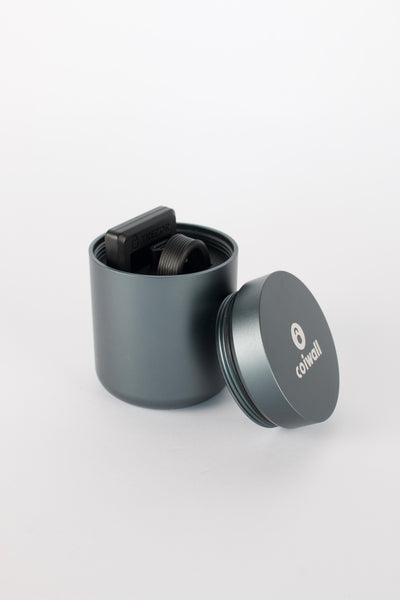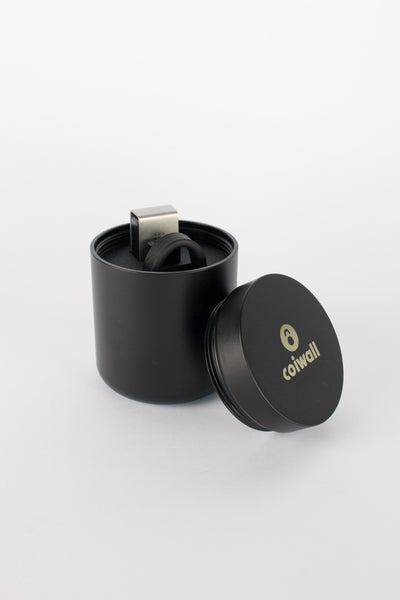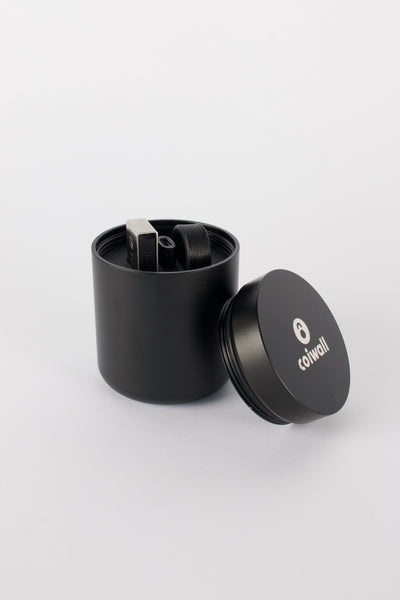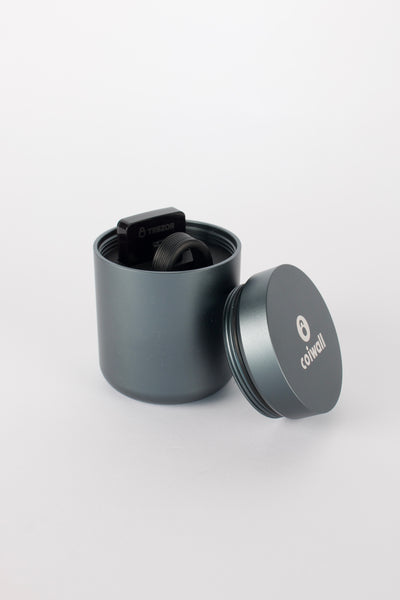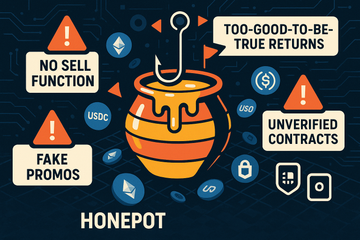Imagine thinking you’ve struck gold on a shiny, new crypto project, only to find out you’ve just tossed your savings into a one-way-black-hole. Welcome to the world of honeypot crypto scams, where the promise of big returns is just bait on a very costly hook. Honestly, it’s a digital con that’s snagging more people than you’d guess, and it packs more tricks than a magician at a kids’ party.
The Sweet Smell of Easy Money—and Why It’s Always a Warning
Let’s get this out of the way: if a crypto project seems like it’s just handing out wealth, chances are, someone’s planning to take yours. Honeypot scams dangle fat rewards and “can’t-fail” tokens, usually through a smart contract that looks picture-perfect. It’s like fishing: you’re drawn in by the wiggling bait, but you don’t see the sharp hook hiding underneath. The cleverness? Once you swap your hard-earned ETH or USDC for this new token, you find you can’t trade out. That’s right—there’s no sell button that works for you.
These scams have skyrocketed in sophistication, popping up in Telegram groups, Discord channels, and pop-up websites that vanish as quickly as they appeared. But why do they work so well? Because they hitch a ride on our natural excitement and curiosity—two things that, when it comes to crypto, should always meet a little skepticism.
How Does The Trap Actually Work?
Alright, let’s cut through the noise and see what’s really happening behind the curtain.
-
Step 1: Deployment
Scammers launch a new smart contract that mimics a legit token or project. They’ll even puff up liquidity and noodle some social proof (fake followers, chatbots, shilled reviews—the whole theatrical bit). -
Step 2: Enticement
The trap gets set in Discord, Telegram, or an influencer tweet. Maybe there’s a fake, bullish chart soaring up and to the right. Early investors might see tiny gains at first just to make the honeypot smell even sweeter. -
Step 3: The Lock
Here’s the kicker: smart contract code bars everyone but the scammer from making withdrawals or selling. Sometimes, more checks are coded in to confound even the savviest users. While you’re scratching your head, the scammer’s grinning. -
Step 4: The Sweep
Not long after there’s enough in the pot, the scammer swoops in, empties it, and takes off, leaving everyone else with tokens that now aren’t worth a single satoshi.
If you’re picturing this is just a nerdy, technical problem, think again. The psychological ploys are just as big a part of the scam as the code itself.
Social Engineering: When the Con Is All in Your Head
Believe it or not, not every honeypot scam involves tricky code. Some play out like an old-fashioned con job. Ever stumbled across a message saying you’ve won some crypto, but you just need to send a little ETH to unlock it? Or maybe someone hands you a wallet’s seed phrase, hinting at a pile of tokens waiting inside, but, surprise, you need to cover gas fees first?
Here's the thing: when you send that ETH 'to collect your winnings,' an automated sweeper bot instantly transfers your funds to the scammer. The wallet never had any real rewards—it was bait, pure and simple. The only tokens you’re left holding are disappointment and, maybe, a valuable lesson on digital trust.
Why Do People Keep Falling For This?
There's no single answer. Greed, hope, FOMO (fear of missing out), even boredom—they all play a role. Crypto is still a bit like the Wild West, and in any gold rush, there are always more hustlers than honest miners.
Add to that a healthy dose of anonymity, impatient investors looking for moonshots, and the fact that a malicious contract can look identical to a legit one—well, it's the perfect cocktail for trouble. That’s why even folks in crypto for years still fall for new variants every season.
Can You Spot a Honeypot Before Getting Stuck?
You know what? With a sharp eye and a skeptical heart, yes, you can. Here’s what you should watch for:
- No Sell Function: Can buy, but can’t sell? That’s your sign. Before purchasing, simulate a sell on the blockchain’s explorer (like Etherscan). If you get an error, walk away.
- Too-Good-To-Be-True Promos: If a project promises crazy returns without downside, ask yourself: why would they?
- Pressure to Pay Upfront: Gas fees, 'unlocking' charges, secret giveaways—legit projects never ask for personal ETH to claim a prize.
- Unknown or Unverified Contracts: No audit, no trusted developers, and a brand-new website? That's three strikes.
- Twisted Smart Contract Code: Unless you’re a solidity pro, get contracts verified by the community. Sometimes just one line of code makes the difference between safe and sorry.
Security Habits That Actually Work
Here’s where Trezor and Ledger wallets come in; these hardware wallets add an extra layer of safety. They won’t stop scams entirely—you still need your wits about you—but by keeping private keys offline, you shield yourself from phishing and certain software exploits. That’s like having a dog and a motion alarm for your house.
Practical steps you (and everyone you know) should repeat until they’re second nature:
- Never give out your seed phrase—ever, not even if Vitalik himself slides into your DMs and asks.
- Bookmark official project pages and never trust random links passed to you in chats.
- Review, or have someone you trust review, any contract code if you’re planning to invest real funds in a project.
- Always assume every unsolicited message is a potential scam until proved otherwise—paranoia is a safety tool in crypto.
Real-World Examples: Scams Still Going Strong
Just last year, dozens of projects hyped on social media turned out to be honeypots. In the Dechat example, scammers exploited a smart contract bug that let them freeze withdrawals. The sad truth? These scams aren’t going anywhere—they just keep morphing, keeping up with the fad of the month. If you’re investing in meme coins, DeFi protocols, or altcoins, it pays to keep up and spread the word. Friends don’t let friends ape into scams blindly!
So—Can You Protect Yourself?
Absolutely. By treating crypto like a high-stakes game of chess instead of a lottery ticket, you give yourself the best chance at coming out on top—or at least not losing your shirt. Use hardware wallets like Ledger or Trezor, stay plugged into reputable communities, and always ask why a project wants your attention (or your money). When everyone’s shouting “next big thing,” listen for that little voice telling you to pause and check the locks before opening the door. That caution? It’ll save you more times than you know.

